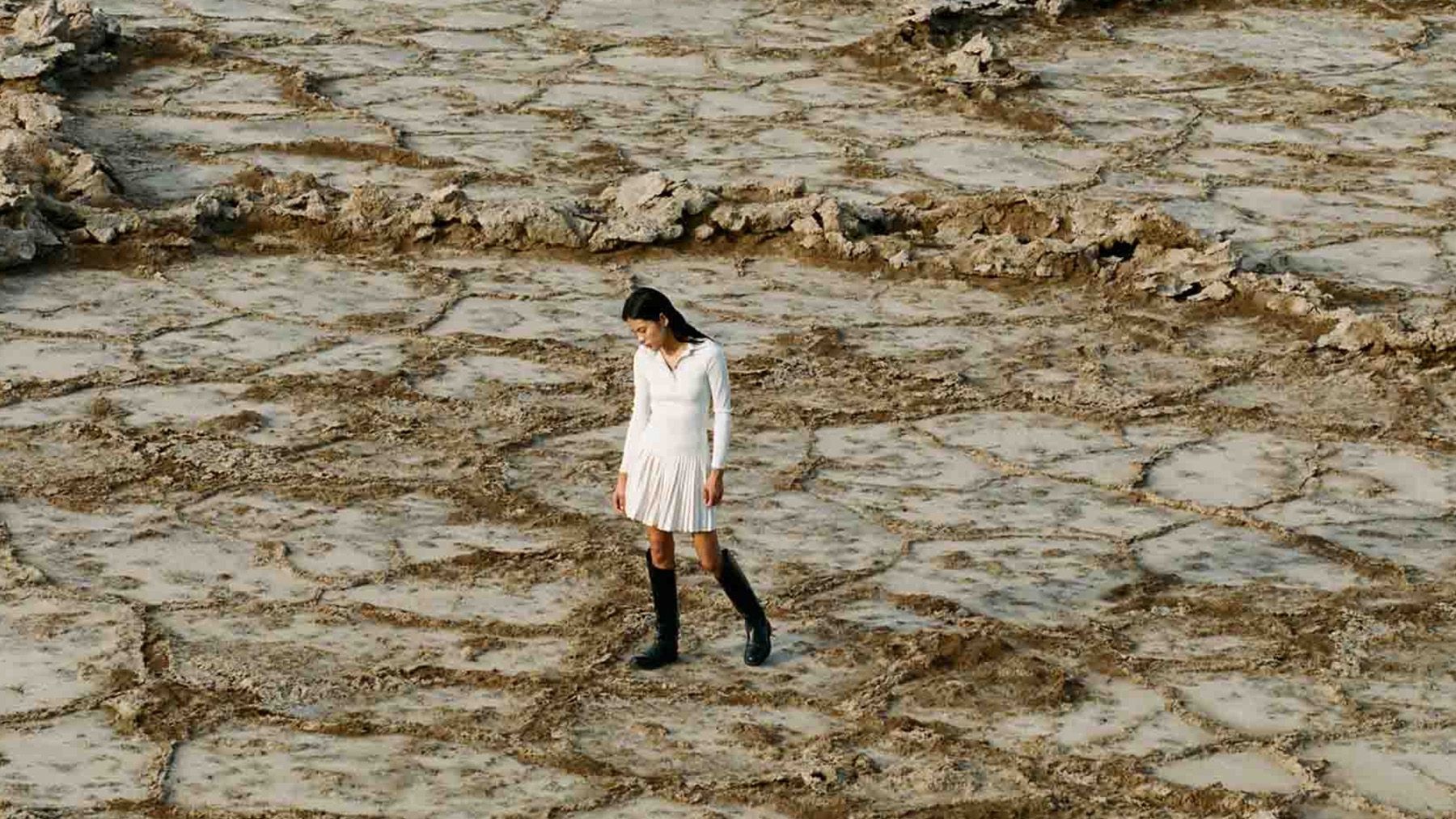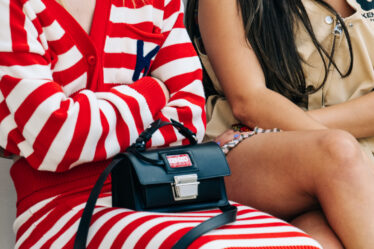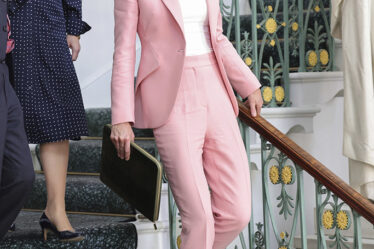
Earlier this summer, when wildfires in Canada blanketed much of the US East Coast in hazy orange skies, it wasn’t just the air pollution that skyrocketed. Brands that had products catering to anti-pollution protection saw their sales soar too.
For instance, sales of skincare brand Pour Moi’s Smoke Alarm Drops, which uses a formula derived from moss cells, pine and hemp seed to calm skin stress created by smoke, tripled. Increasingly frequent and intense wildfire seasons have also meant more people visiting their dermatologist’s office, according to the American Academy of Dermatology.
The trend is only likely to get more pronounced. This year is on track to be the hottest on record and with higher temperatures comes worse pollution. Natural disasters like wildfires aside, warm air traps pollution particles closer to the ground and heavy usage of air conditioning worsens emissions.
Beauty firms from global cosmetics giants like L’Oréal to independent brands like Barbara Sturm, are increasingly catering to this reality. The global anti-pollution ingredients market is already worth $870 million and expected to reach $1.4 billion by the end of 2031, according to research firm Future Market Insights. Although the definition of what constitutes an anti-pollution ingredient is somewhat hazy, activated charcoal, plant extracts and ingredients like Vitamin A, C and E are commonly used.
“I was already foreseeing our environments will be more extreme,” said Pour Moi founder and chief executive officer Ulli Haslacher, who bills his company as the world’s first climate-minded skincare brand. Whereas traditional skincare adjusts for skin type or age, Haslacher’s philosophy is that changes from a person’s climate and its effect on the skin barrier are far more important. Customers can browse the company’s products by geographic regions of the US and their corresponding climates, or by weather options such as rain, alpine, pollution, or desert.
Growing focus on products that can address the impacts of hotter, harsher, more polluted climates is a trend across the entire beauty sector, said Maria Osorio, director of marketing and product development at Cosmetica Labs, which helps manufacture for many leading brands. “The majority of ageing comes from environmental factors, not genetics. Pollution causes eczema, ageing, dullness, dehydration, all those things.”
Osorio says clients are now requesting products that can address new concerns related to climate change, from the sun’s rays to pollution-linked inflammation and damage to both skin and hair.
“A sunscreen is not enough anymore; they look for a sunscreen and a skin screen [in one product] — which can protect the skin from micro-particles and pollution and environmental aggressors and we see vendors for raw materials bringing new technologies for that,” Osorio said.
Learning from Asia
Rising pollution and increasing temperatures come hand in hand. And while Westerners typically turn to creams and lotions for sun protection, in Asia where many countries have a culture of more modest dressing, clothes already often serve this function.
Sun-protective clothing has the advantage of being more comprehensive in its protection. It’s not contingent on someone and not missing a spot in application or remembering to reapply. Although any fabric covering can provide some degree of sun protection, the space is becoming increasingly technical.
For instance, the Chinese UV protective clothing market is expanding at a fast clip. It’s expected to grow from 74.2 billion RMB ($10.3 billion) to reach 95.8 billion RMB by 2026, according to consulting firm Midas Capital, largely due to the entrance of more modern and technologically-driven brands. Brands are positioning such garments to appeal to a wider audience too, expanding their marketing that previously focused on women looking to stave off ageing to include kids and more men too.
Big Chinese sports apparel groups like Anta and Li-Ning are catering to the demand with hats, gloves, and an assortment of cover-ups designed to shield wearers from the sun. Bosideng, a brand best known as a winterwear specialist began making hot-weather products a few years back, and now sells jackets with an ultraviolet protection factor, or UPF, for over 1,000 yuan. Younger labels like Beneunder, Bananains, and Oh Sunny have quickly built up popular businesses focusing on sun protection too.
In recognition of the opportunity, Western companies that sell in China sometimes take existing products designed for other purposes and adapt their messaging. Lululemon, for instance, sells lightweight jackets that are marketed as windbreakers in the West but in China are styled and promoted as sun-protective layers.
Clothing with UPF and other technology for dealing with intense heat may be starting to catch on in other regions too.
Uniqlo’s AIRism range, which is made of ultra-thin fibres designed to help emit water vapour from the body, has seen such strong sales since its launch a decade ago that the brand has expanded its product offering from sportswear to include casualwear and innerwear, a company spokesperson said. Meanwhile, the global retailer has been increasing the number of items it produces for its UV protection collection too.
Claudent, a California-based start-up that launched last month is aiming to lend more of a fashion edge to sun protection. Co-founder Mia Zee suffers from a sun allergy, while her business partner Emma Gerber’s father was diagnosed with melanoma, but the pair struggled to find protective clothing for situations outside of the beach or pool.
“There was a lot of golf shirts for men, fisherman outfits, and then there was a lot of rash guards for children, but in terms of more aesthetic fashion-forward brands, there really wasn’t anything that spoke to a customer like me,” Zee said.
The author has shared an Instagram Post.You will need to accept and consent to the use of cookies and similar technologies by our third-party partners (including: YouTube, Instagram or Twitter), in order to view embedded content in this article and others you may visit in future.
The average white cotton T-shirt only blocks about two-thirds of skin-damaging UV rays, said Zee. But using technical fabrics with a tighter weave or sun-blocking fibre or chemical application can be much more effective without sacrificing on style, she said.
“We just want to expand people’s usage and definition of protection, and when they should be protecting themselves,” Zee said.



